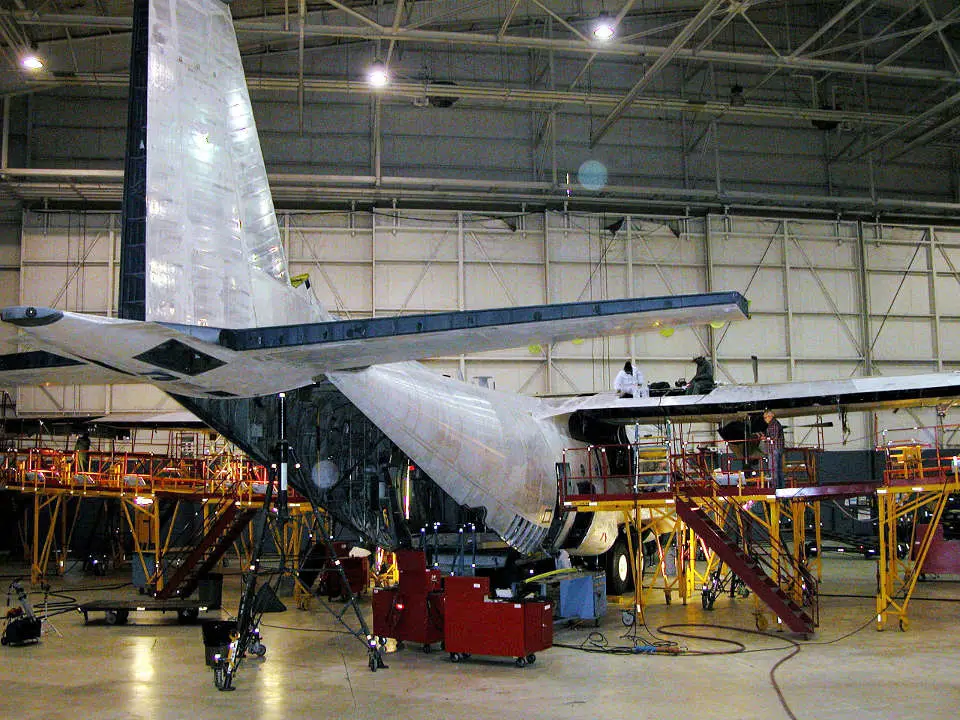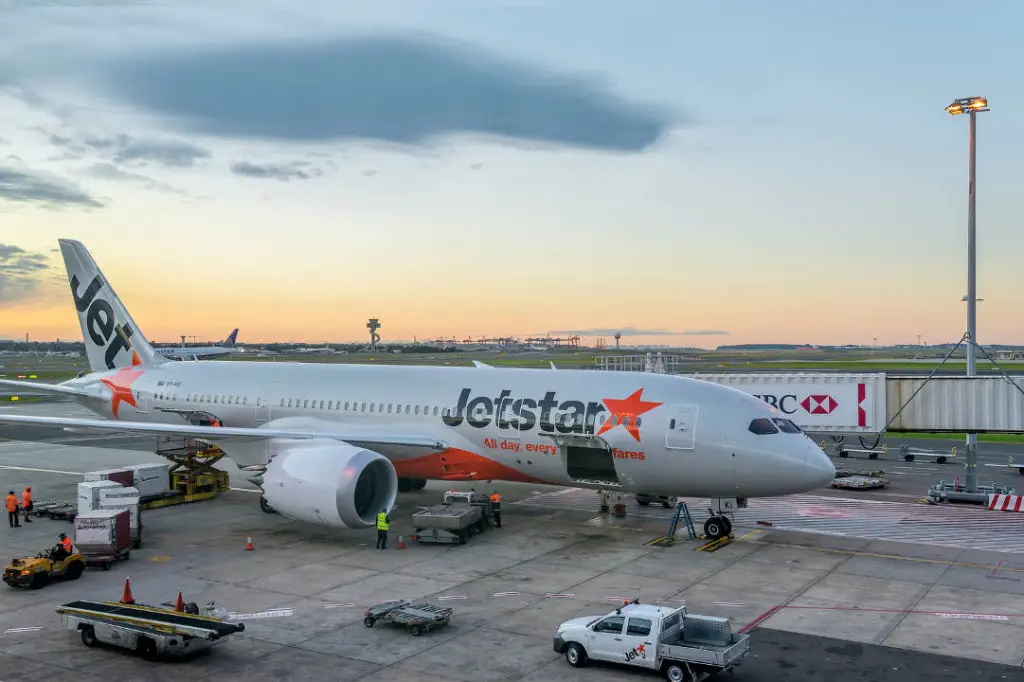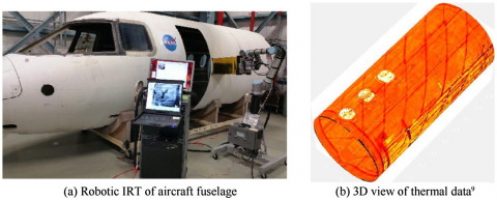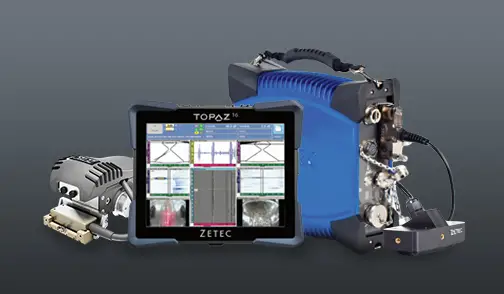
ANALYSIS: RFID is Gaining Traction in Aviation Industry
Radio frequency identification (RFID) is gaining traction in aviation industry. RFID system generally comprise of RFID tag (transmitter) and RFID reader (receiver). RFID tag is basically a small electronic chip, that is attached to an object to collect and store data. The integrated chip also consists of a small antenna embedded within the system. The RFID reader reads/sends data to and from RFID tags through radio frequency.
Thus, RFID system can basically collect/store and transfer data wirelessly using the radio frequency spectrum. It is unique from barcode such that the receiver does not necessarily need to be within the line of sight from the RFID tag to receive data. Also, the RFID tag can have unique identification and store any relevant information such as product serial number, production date, maintenance date and information (for aircraft parts) and so on.
Benefits of RFID in aviation industry
Attaching RFID tags to an object enables easy identification, tracking, and monitoring. In aviation industry, which deals with thousands of parts constantly in move (be it in airlines, aircraft MRO (maintenance, repair and overhaul), airport baggage handling, or air cargo industry), the benefits from RFID technology enabling smart identification and tracking of movable assets are highly beneficial.
RFID tags are capable to provide unique identification, and hence multiple tags can be read (processed) simultaneously. It highly enhances efficiency in situations where one has to deal with a large inventory of replenishing parts (mainly in aircraft MRO). Since, RFID tagging enables automation throughout the process, it also largely reduces manual labor (and hence labor costs) involved in inventory tracking and logistics handling. Furthermore, since RFID tags itself can store relevant data it reduces the need to access a database in many cases.
Utilization of RFID in airports
In airports, RFID technology are increasingly being used for baggage handling. The RFID-tagging of baggage are being used by some airlines and airports which largely help towards the goal of enabling automated check-in for passengers. Using such automated processes can speed up the baggage check-in process, in the airports equipped with RFID-enabled check-in stations. This saves time for both the passengers and airport personnel, and enhances customer satisfaction.
Also, RFID-tagged bags have higher read rates over the barcode system. This lead to increased accuracy in baggage handling, and fewer instances of mishandled baggage, or baggage being lost or stolen. Airlines and airports have jumped into this trend of ‘smart baggage handling’ to provide their customers with hassle free experience and also the ‘peace of mind’ regarding the baggage handling process.
For airlines and aircraft manufacturers
Aircraft manufacturers/OEMs are using RFID in many of the aircraft parts and components that are delivered to the customers. This allows the customer to easily track the status of the parts throughout the logistics process (from the point of manufacturing to on-site destination). Furthermore, manufacturers use RFID-tagging in many of the rotable aircraft parts, which helps to aggregate the manufacturing and maintenance data throughout the life-cycle of the part.
For an airline, the safety equipment inside an aircraft cabin have to be traced and checked for on-board availability. Airlines are utilizing RFID tagging (and hand-held RFID reader) which can scan and identify those objects much faster, than otherwise done manually.
In aircraft MRO
RFID is highly beneficial for aircraft MRO as well. In an MRO facility there are hundreds of tools and parts that are used and moved constantly, in every day operations. Misplaced or lost tools and equipment is a common issue. Misplaced tools are also a major cause of FOD (foreign object damage) in a MRO facility. RFID utilization has proved highly effective to eliminate this problem.
Also, the maintenance process needs constant verification of service orders and availability of spare parts. Aircraft MRO personnel has to manually track these changes, as well as the paperwork regarding the inventory and maintenance operations. It has been found that a maintenance personnel spends a large chunk of his time everyday in inventory paperwork rather than on actual maintenance work. RFID tagging can automate this process and reduce the man hour involved in tracking and inventory handling processes, and also accurately replenish the spare parts as needed.
Thus, for aircraft MRO supply chains, RFID technology has brought in process efficiency and cost savings by reducing the amount of manual tasks involved, and inaccuracy involved with inventory management.







